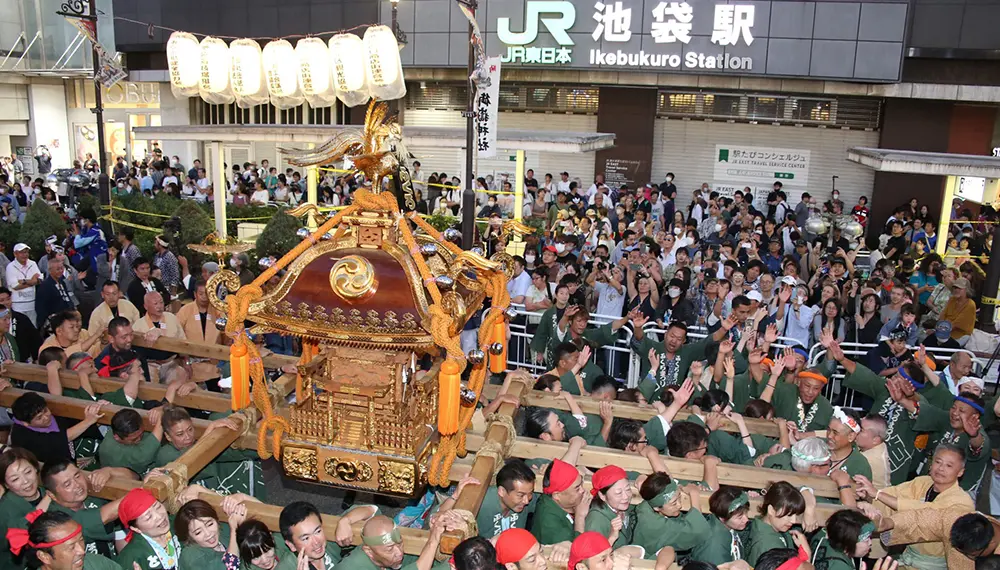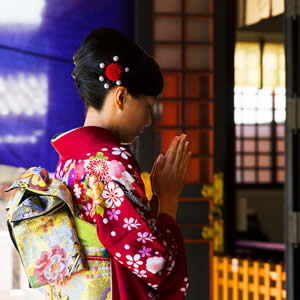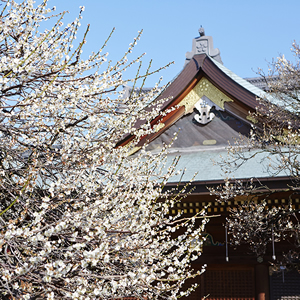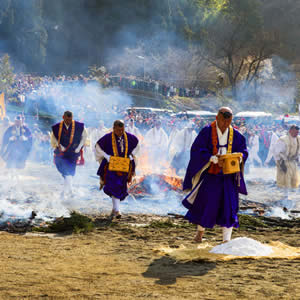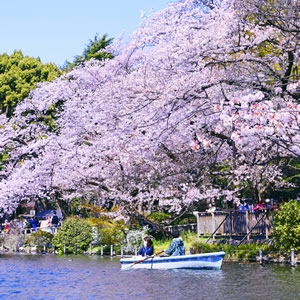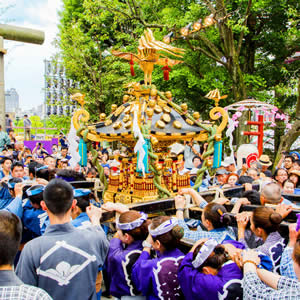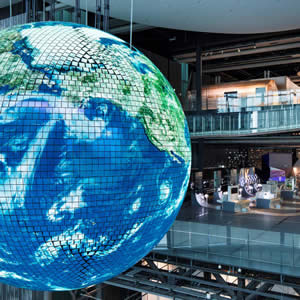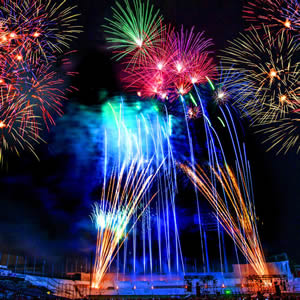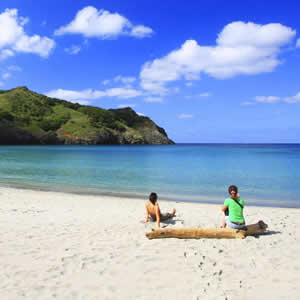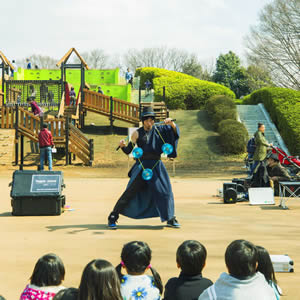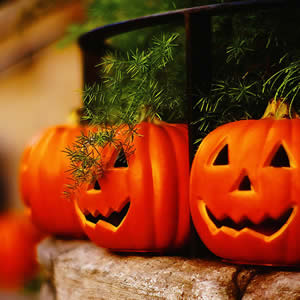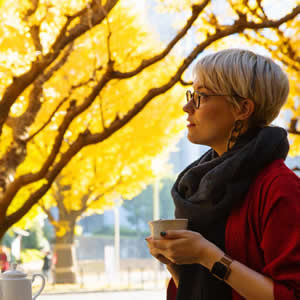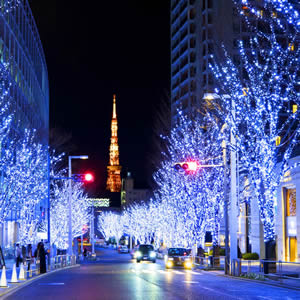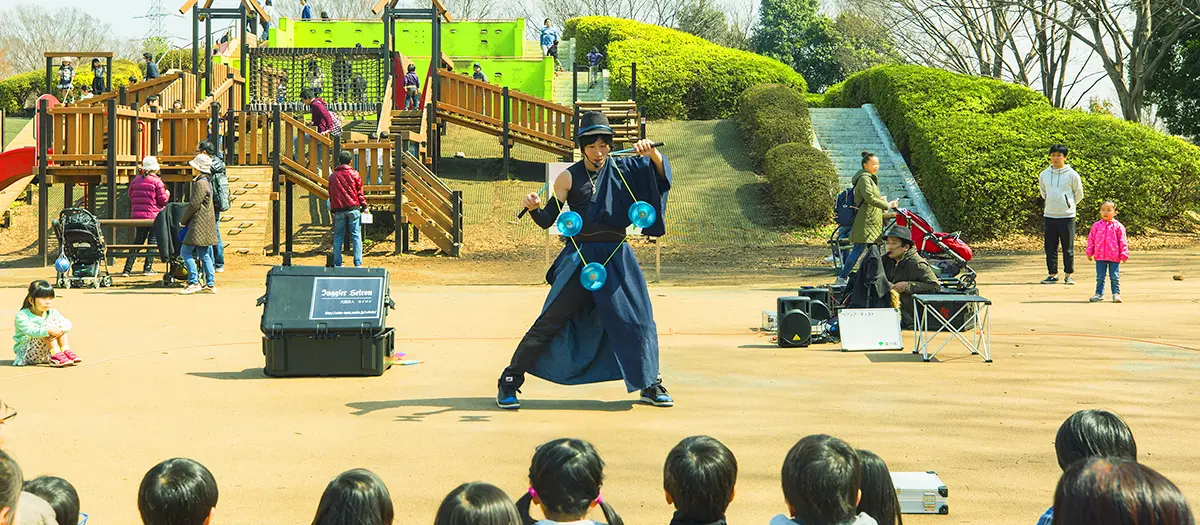
- Share this page
Share this page
- EN
Select Language
- FAVORITES
- Search
Detailed search: You can do a detailed search by keyword, genre, time, area and tag.
Main content starts here.
- Visit Tokyo |
- CALENDAR |
- Best Things to Do and See in Tokyo in September
Updated: October 17, 2025
Best Things to Do and See in Tokyo in September
Is September a good time to visit Tokyo?
This is the month when Tokyo glides from summer to autumn. You can enjoy elements of both seasons, with quintessential summer activities, such as fireworks displays, plus autumnal flowers and art.
What is the weather like in Tokyo in September?
In Tokyo, the summer heat continues into September. Daytime temperatures often exceed 30℃ (86℉) and it's extremely humid, so it feels as hot as August. The average temperature is 26.6℃ (79.9℉), with highs of 35.1℃ (95.2℉) and lows of 17.7℃ (63.9℉). Typhoons may approach Tokyo at this time of year. Temperatures can drop suddenly during rain, so bring rain gear and light jackets. Keep an eye on the news for the latest typhoon information.
Note: This guidance is based on meteorological data for 2024.
Best events, festivals, and other things to do in September
Tokyo Festival 2025
Tokyo Festival is an urban performing art festival that aims to establish Tokyo as an international hub for the performing arts. In 2025, it will be held throughout the city from September 1 to November 3. The festival includes the international performing arts festival “Autumn Meteorite 2025 Tokyo.“ Centered around the Tokyo Metropolitan Theatre, it will feature a diverse lineup of international stage productions, as well as tours for visitors from both Japan and abroad. Additionally, this year about 70 varied works selected through public applications are scheduled to be performed during the Tokyo Festival period. At the ground plaza of the Tokyo International Forum, an event called "Performing Arts Base 2025" will offer opportunities to experience performing arts firsthand. The festival will also collaborate with local theater festivals, connecting all of Tokyo through this celebration of the arts.
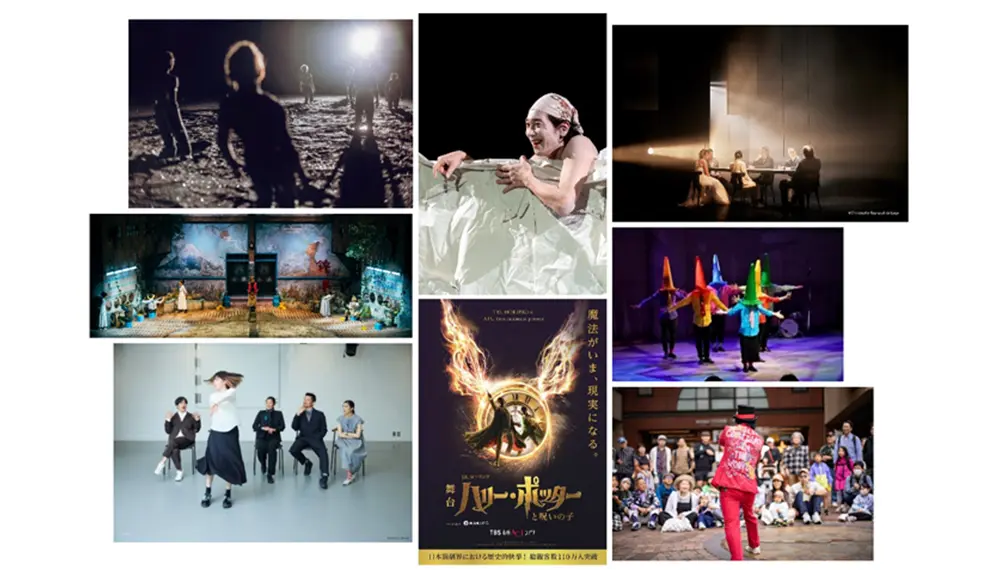
Clockwise from top left: "Planet [wanderer] " (C) Rahi Rezvani / "Jonah" (C) TNRS:ALEXANDRU CONDURANCHE / COMPAGNIE L'OUBLIE "Ombres Portées / Cast Shadows" (C) Christophe Raynaud de Lage / CAT-A-TAC / Setagaya Art Town 'Sancha de Daidogei' / Harry Potter and the Cursed Child / "Dance Jurors' Dance" (C) Yusei Fukuyama / "The Bathhouse of Honest Desires" (C) Hsuan-Lang LIN, provided by National Theater & Concert Hall
Cosmos Festival
The Cosmos Festival takes place at Showa Kinen Park from September through October. Around 4million cosmos flowers of multiple varieties come into bloom During the festival, there will be places set up to take memorable photos to post on social media.
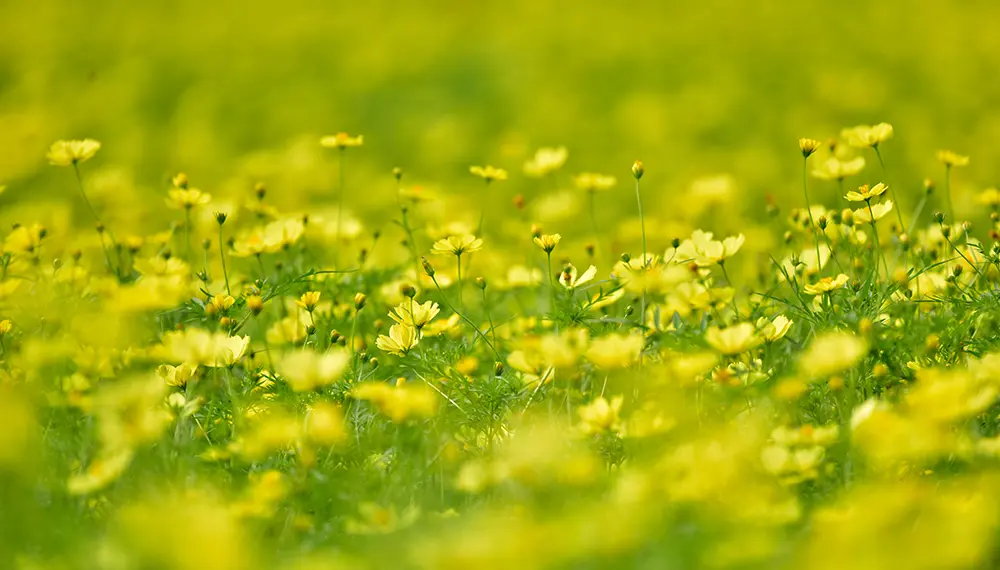
Hagi (bush clover) tunnel
Hagi (bush clover) is another flower associated with autumn. One of the best places to see these delicate blooms is Mukojima-Hyakkaen Garden, a beautiful flower garden with over 200 years of history. Every September, hagi is grown over a 30-meter-long bamboo frame to create a Hagi (bush clover) tunnel is in bloom.
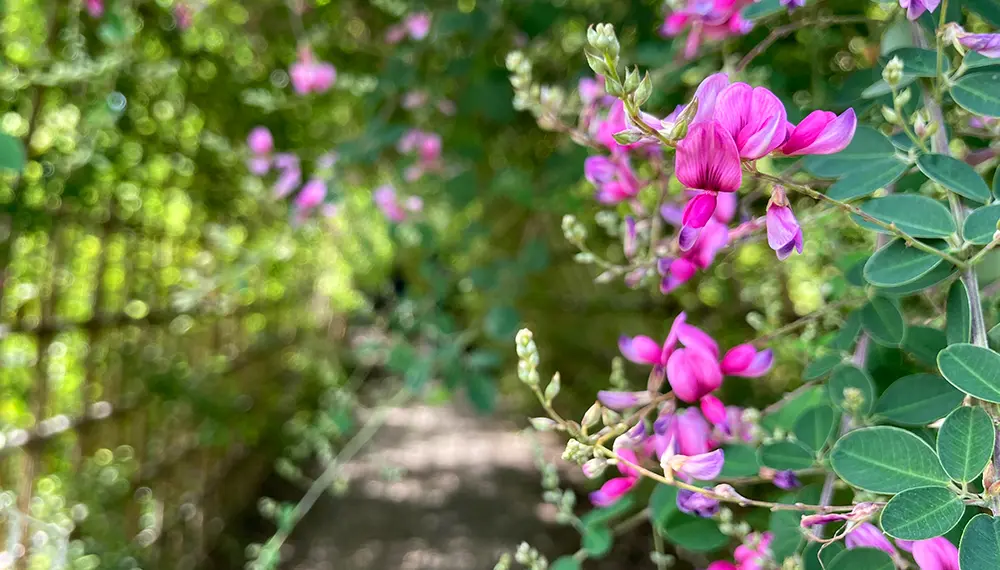
Chofu's Autumn Fireworks
Chofu's Autumn Fireworks are famous in the Kanto region and have been around for over 30 years. This year's festival will feature 50 large fireworks in rapid succession and "Hanabillusion," a display that combines music and fireworks. There's also "Takumi no Hanabi," an unmissable display of fireworks crafted by artisans from all over Japan to celebrate the 70th anniversary of the establishment of Chofu City The beauty and splendor of the fireworks will be a sight to remember.
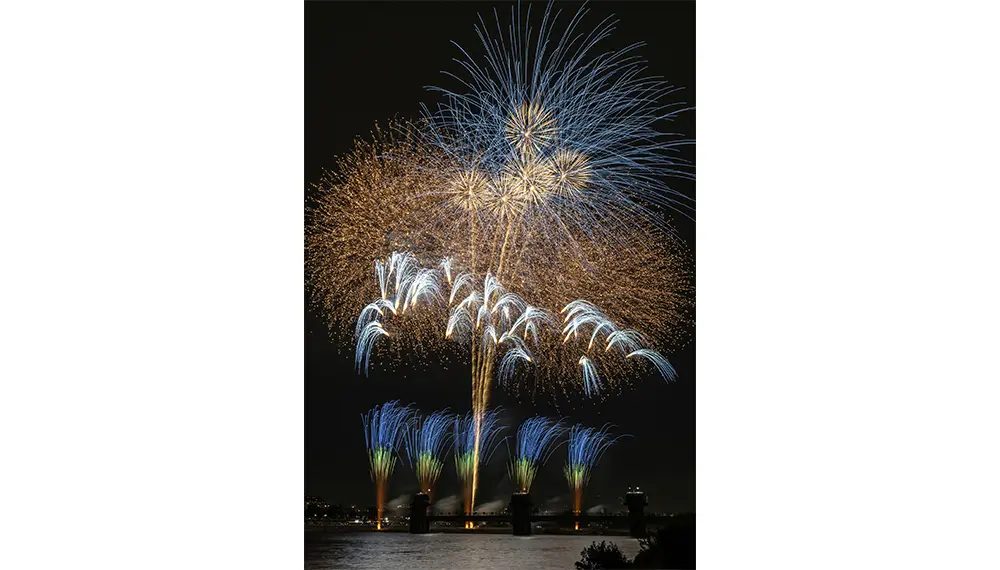
Nezu-jinja Shrine Annual Grand Festival
Nezu-jinja Shrine Annual Grand Festival is said to have originated in 1714, when it was founded by the shogun. One of the biggest events in the country back then, it remains a lively affair with many stalls and traditional dance performances. Nezu-jinja Shrine's 18th-century buildings deepen a sense of history.
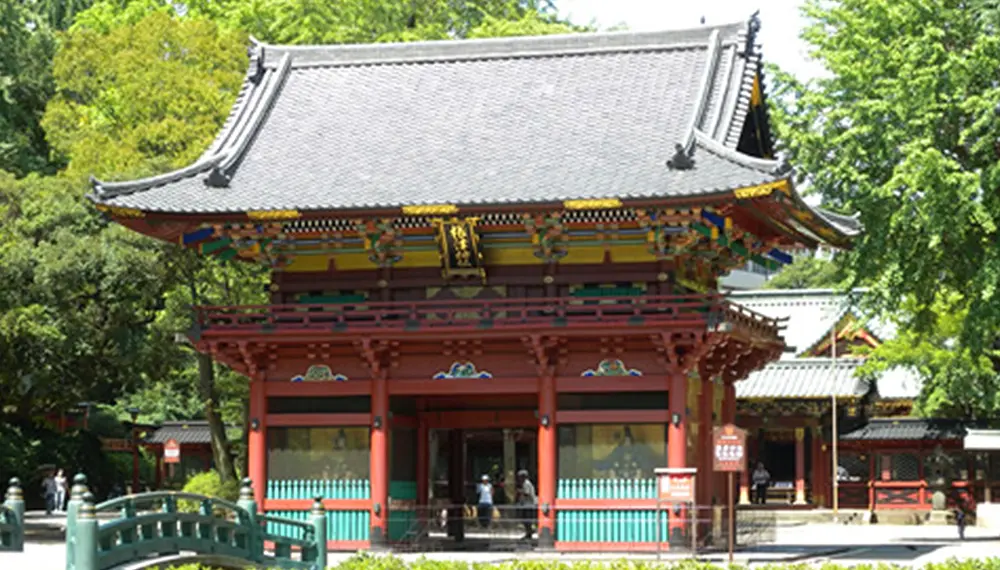
Kita City Fireworks Festival
The Kita City Fireworks Festival is one of the best-known autumn fireworks events. It takes place along the Arakawa River, conveniently located within an hour's trip from central Tokyo. Japan's leading firework makers have put together a special display, featuring 10,000 fireworks synchronized to moving lights and music.
Also, don't miss the Kita City Artistic Fireworks Expo, where famous Japanese pyrotechnicians showcase their creations. Japanese fireworks are world famous, and you can enjoy the very latest they have to offer.
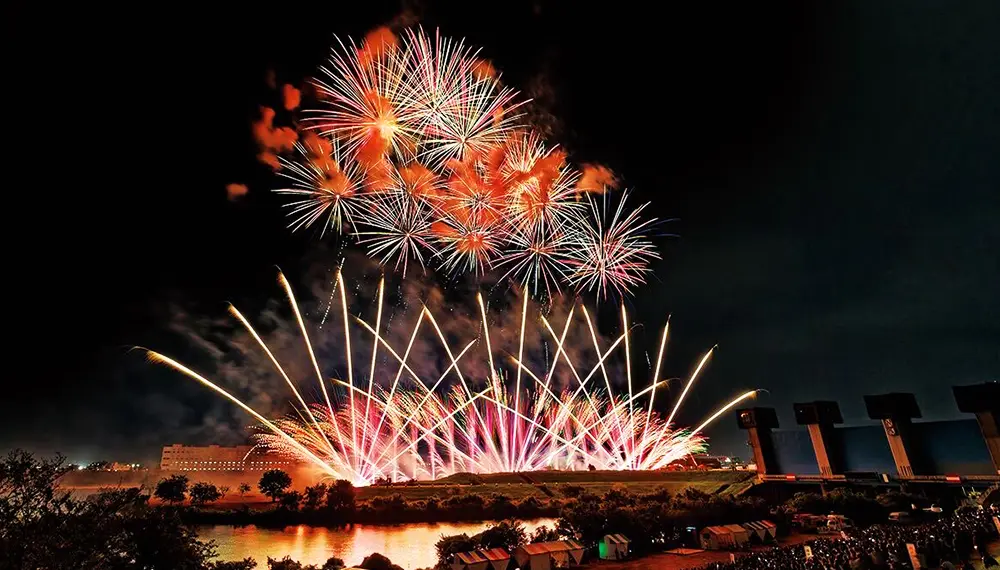
Shinagawa Shukuba-matsuri Festival
Shinagawa was once the first stop on the road connecting Tokyo (then called Edo) and Kyoto. Each September, people celebrate that heritage at Shinagawa Shukuba-matsuri Festival and dress up in period costumes.
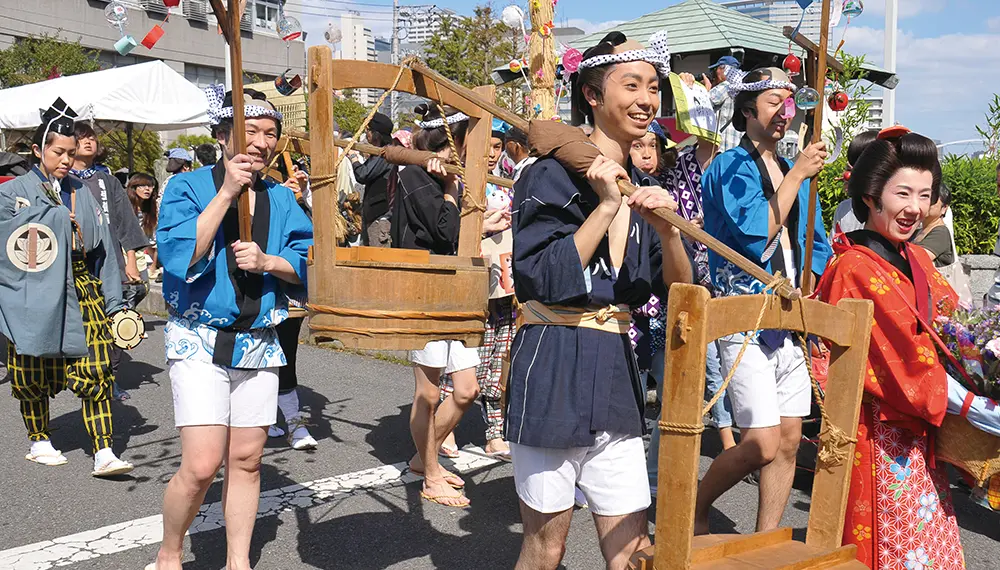
Fukuro Matsuri (Ikebukuro Festival)
Fukuro Matsuri is held on the west side of Ikebukuro Station. The festival was first held in 1968, when it was centered on a local shopping street. Fukuro Matsuri now attracts tens of thousands of people, with a mikoshi (portable shrine) parade as well as energetic music and dance performances.
